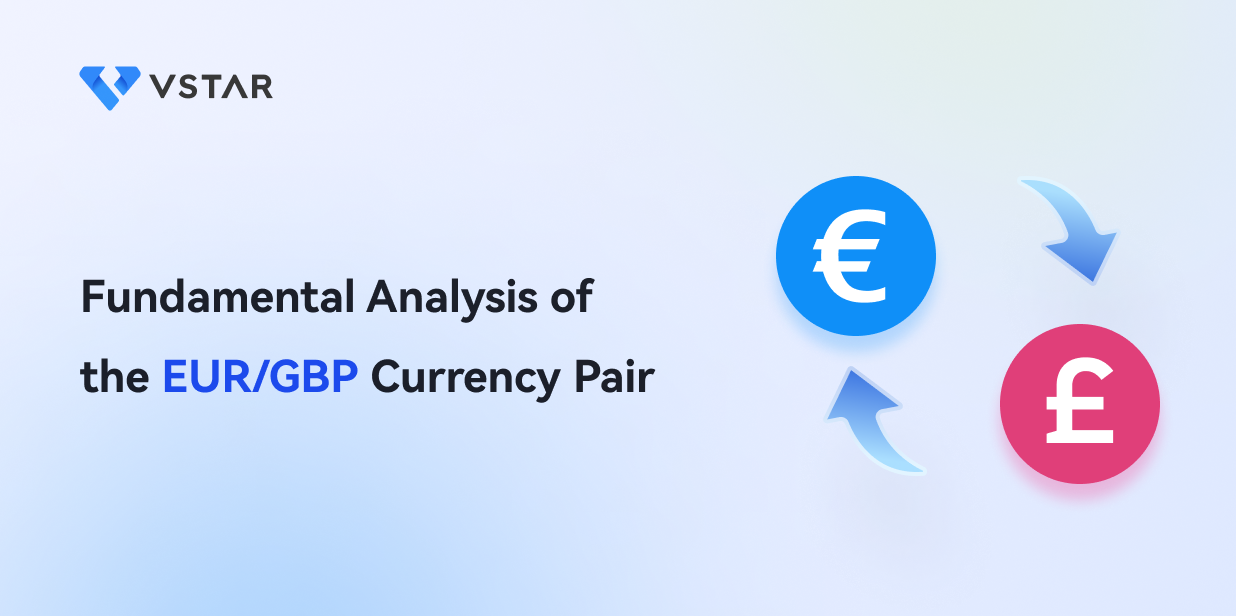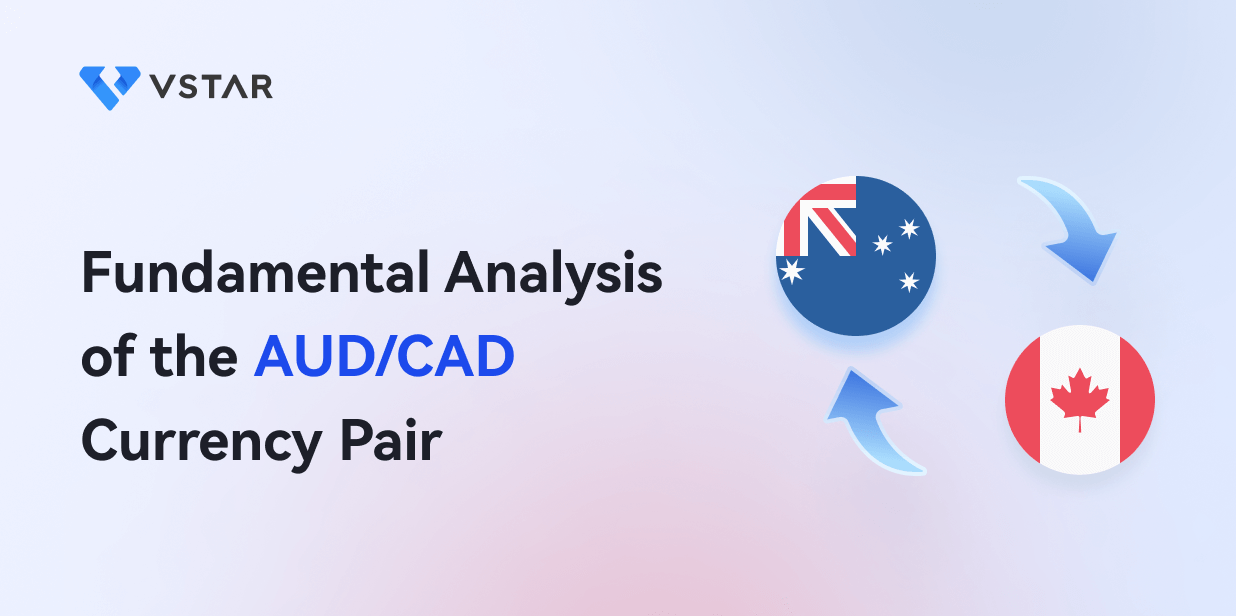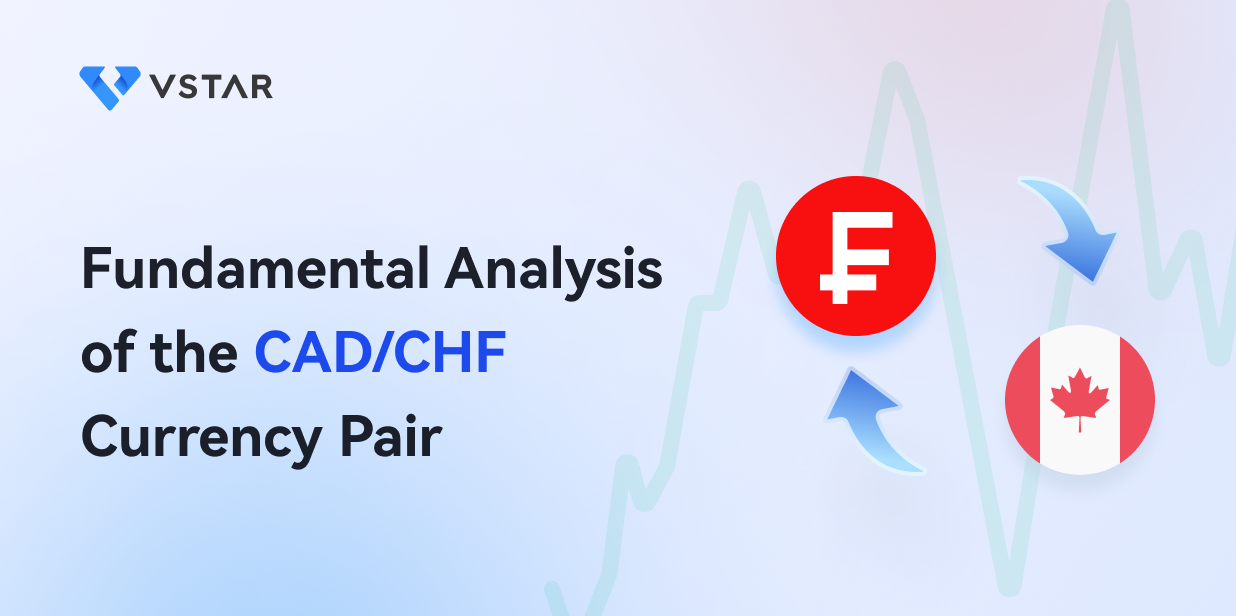The EUR/GBP currency pair is among the most widely traded pairs in the foreign exchange market. Successful traders of the EUR/GBP pair utilize fundamental analysis to assess the relative strengths and weaknesses of the Eurozone and the UK. They can identify potential trading opportunities and manage risk by staying informed about economic trends and events.
Fundamental analysis involves examining economic indicators, monetary policy decisions, political events, and other factors that affect the value of currencies. Key indicators for the EUR/GBP pair include GDP growth rates, inflation, interest rates, unemployment figures, and trade balances.
The Euro (EUR) represents the currency of the Eurozone, a monetary union consisting of 19 member countries. On the other hand, the British pound (GBP) is the currency of the United Kingdom. Various factors influence both currencies, such as economic data, central bank policies, and geopolitical developments.
Knowing the fundamentals behind this currency pair is crucial for anyone navigating the dynamic foreign exchange market.
Macroeconomic Overview - Eurozone

Image Source: Unsplash
The Eurozone, consisting of 19 European Union member states, represents a complex and interconnected macroeconomic landscape. With a combined population of over 340 million people, the Eurozone plays a significant role in the global economy. This introductory overview aims to provide a concise analysis of key macroeconomic indicators, such as GDP growth, inflation, unemployment, and fiscal policies, shedding light on the economic trends and challenges faced by the Eurozone in recent years.
A. Economic Indicators Review
The Gross Domestic Product (GDP) is a crucial indicator of economic health. In 2020, the Eurozone experienced a significant contraction due to the impact of the COVID-19 pandemic, resulting in a decline in GDP. However, in 2022 and 2023, the region witnessed a gradual recovery with positive GDP growth rates. This growth reflects improving economic conditions and investor confidence.
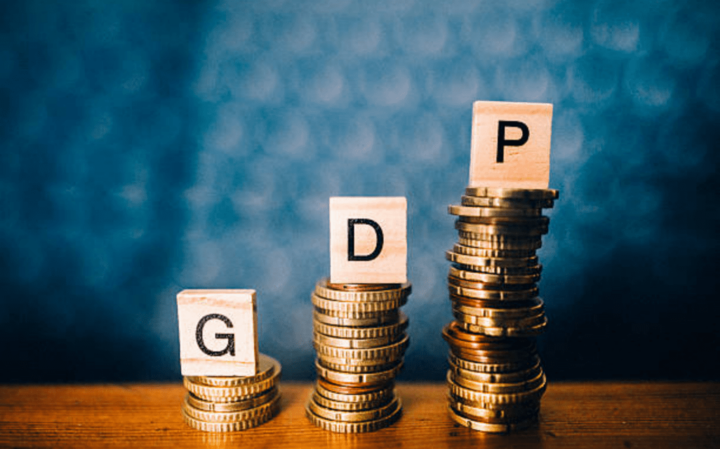
Image Source: Unsplash
The unemployment rate is another important indicator. In 2020, it rose due to the pandemic-induced economic slowdown. However, as the economy rebounded, unemployment declined in 2022 and 2023. Decreasing unemployment signifies a stronger labor market, higher consumer spending, and potentially positive effects on the EUR/GBP currency pair.
Nonetheless, inflation rates in the Eurozone have remained moderate in recent years. In 2020, the pandemic led to a temporary decline in inflation, while in 2022 and 2023, inflation rates gradually returned to target levels set by the European Central Bank (ECB). Stable and controlled inflation is essential for the economy's overall health and can impact the EUR/GBP exchange rate.
Moreover, business and consumer confidence indicators provide insights into the sentiment and expectations within the Eurozone. In 2020, confidence levels plummeted due to uncertainties caused by the pandemic. However, as economic conditions improved, confidence rebounded in 2022 and 2023. Higher confidence levels suggest increased economic activity and potential currency strength.
B. Monetary Policy
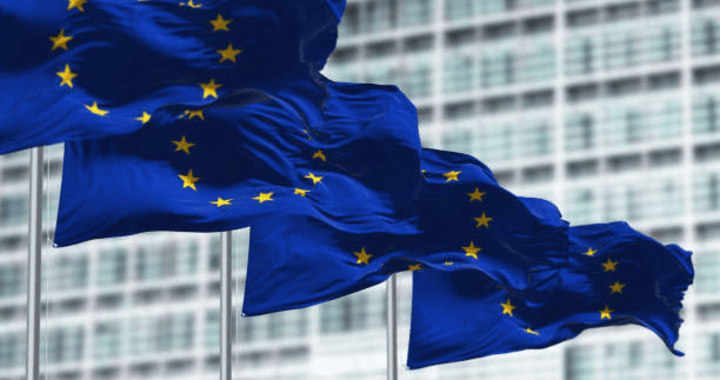
Image Source: Unsplash
The European Central Bank plays a vital role in shaping the monetary policy of the Eurozone. It aims to maintain price stability and support economic growth. In response to the pandemic, the ECB implemented accommodative measures, such as lowering interest rates and implementing asset purchase programs, to stimulate the economy. As economic conditions improved, the ECB gradually adjusted its policies.
On the other hand, interest rates influence currency valuations. In 2020, the ECB kept interest rates at record lows to support the economy. However, as the recovery progressed, there were speculations of potential rate hikes in 2022 and 2023. Changes in interest rate expectations can significantly impact the EUR/GBP exchange rate, as diverging monetary policies between the Eurozone and the United Kingdom affect investor sentiment.
C. Political Climate
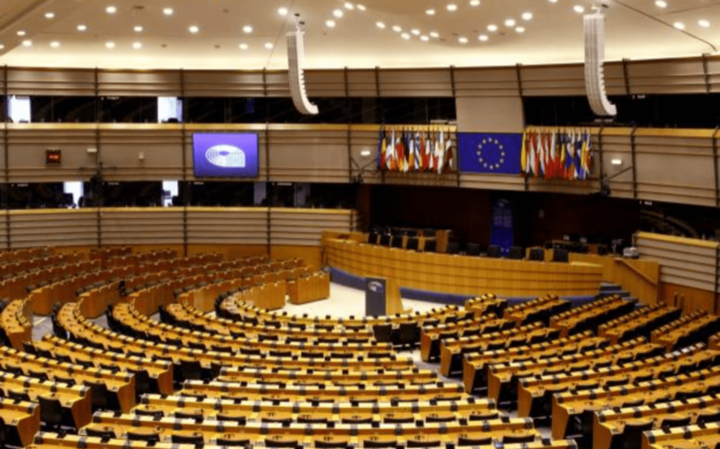
Image Source: Unsplash
Government policies play a crucial role in shaping the economic landscape. In the Eurozone, fiscal measures were implemented to mitigate the impact of the pandemic, including stimulus packages and investment initiatives. In 2022 and 2023, governments focused on economic recovery and strengthening resilience. Favorable economic policies can contribute to a positive environment for the EUR/GBP currency pair.
Coming to Brexit, the withdrawal of the United Kingdom from the European Union has had implications for the Eurozone. The uncertainty surrounding the negotiations and the eventual separation impacted the EUR/GBP exchange rate. As the economic relationship between the UK and the Eurozone evolves, ongoing negotiations and trade agreements can influence the currency pair.
Macroeconomic Overview - UK

Image Source: Unsplash
The United Kingdom's macroeconomic landscape holds crucial significance as a major global economy. With a rich history and diverse industries, the UK's economic performance influences global markets. This introductory overview provides a concise analysis of key macroeconomic indicators such as GDP growth, inflation, unemployment, and fiscal policies, offering insights into recent economic trends and challenges faced by the UK.
Understanding the UK's macroeconomic dynamics is essential for comprehending its role in the global economic arena.
Economic Indicators Review
The GDP of the United Kingdom experienced a significant contraction in 2020 due to the impact of the COVID-19 pandemic. However, in 2022 and 2023, the UK economy gradually recovered with positive GDP growth rates. The recovery can be attributed to increased economic activity, consumer spending, and government support.
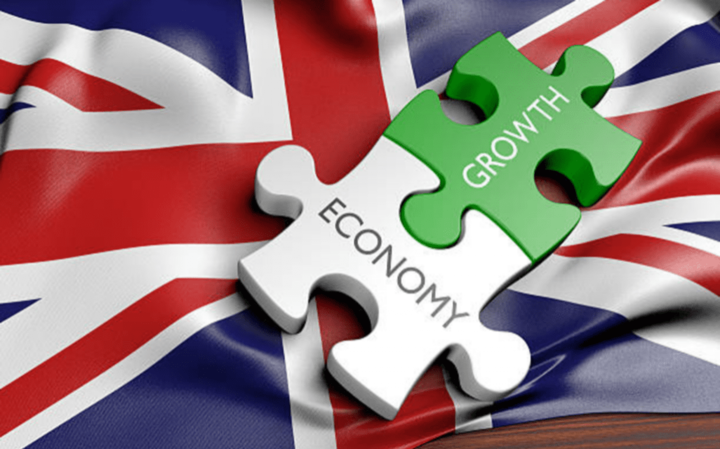
Image Source: Unsplash
The unemployment rate in the UK rose in 2020 as businesses faced closures and job losses. However, as the economy rebounded, unemployment declined in 2022 and 2023. Decreasing unemployment indicates a healthier labor market and can positively impact the EUR/GBP currency pair.
Inflation rates in the UK remained relatively stable in recent years. In 2020, the pandemic temporarily subdued inflation, while in 2022 and 2023, inflation gradually returned to target levels set by the Bank of England (BoE). Stable inflation is crucial for economic stability and can influence the value of the GBP.
Business and consumer confidence play a significant role in driving economic activity. In 2020, confidence levels plummeted due to the uncertainties caused by the pandemic. However, as the economy recovered, confidence rebounded in 2022 and 2023. Increased confidence indicates improved economic conditions and can potentially impact the performance of the GBP.
Monetary Policy
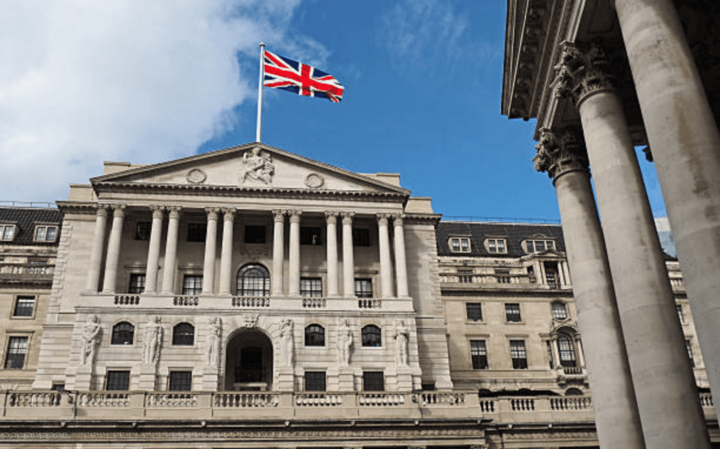
Image Source: Unsplash
The Bank of England is responsible for formulating monetary policy in the UK. In response to the pandemic, the BoE implemented accommodative measures such as reducing interest rates and implementing quantitative easing programs to support the economy. As the recovery progressed, the BoE adjusted its policies accordingly.
Interest rates play a crucial role in determining the value of a currency. In 2020, the BoE maintained historically low-interest rates to stimulate economic activity. However, as economic conditions improved, there were speculations of potential rate hikes in 2022 and 2023. Changes in interest rate expectations can significantly impact the EUR/GBP exchange rate.
Political Climate
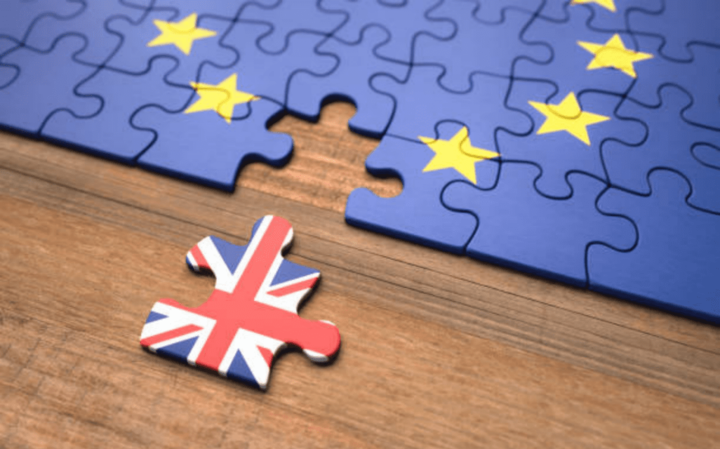
Image Source: Unsplash
Government policies and initiatives shape the economic landscape of a country. In the UK, fiscal measures were implemented to mitigate the impact of the pandemic, including stimulus packages and support for businesses and individuals. In 2022 and 2023, the government focused on economic recovery and fostering a favorable environment for businesses and investors. Positive economic policies can contribute to a stronger GBP.
Brexit, the UK's withdrawal from the European Union, has had far-reaching effects on the UK economy. The uncertainties surrounding the negotiations and the eventual separation impacted the GBP. As the UK establishes its post-Brexit relationship with the EU, ongoing negotiations and trade agreements will continue to influence the currency pair.
Analysis of the EUR/GBP Currency Pair
The analysis of the EUR/GBP currency pair is paramount in understanding the exchange rate dynamics between the euro and the British pound. This introductory overview provides insights into key factors influencing the pair, aiding in predicting future trends and making informed trading decisions.
A. Relevant Economic Indicators

Image Source: Unsplash
The economies of the Eurozone and the United Kingdom are closely interconnected, and their performance can impact the EUR/GBP currency pair. Factors such as GDP growth, inflation, and interest rates in both regions contribute to the correlation. Positive economic indicators in one region compared to the other can lead to currency appreciation or depreciation.
GDP growth is a key indicator of economic health and investor confidence. Higher GDP growth rates generally strengthen a currency. Inflation rates influence the purchasing power of a currency, with higher inflation potentially leading to currency depreciation. Interest rates affect capital flows and make a currency more attractive for investment.
Changes in these indicators can impact the relative value of the euro and the British pound, thereby affecting the EUR/GBP currency pair.
B. Factors Supporting a Bullish or Bearish Stance

Image Source: Unsplash
The monetary policy decisions of the European Central Bank (ECB) can significantly influence the euro and the EUR/GBP currency pair. Accommodative policies, such as lower interest rates or quantitative easing, can weaken the euro, while tightening policies can strengthen it. Monitoring the ECB's policy direction is essential for assessing the future outlook of the EUR/GBP pair.
Similarly, the monetary policy decisions of the Bank of England (BoE) substantially impact the British pound and the EUR/GBP pair. Interest rate changes and other policy measures implemented by the BoE can affect the relative attractiveness of the pound and impact the exchange rate.
C. Potential Risks to the Currency Pair

Image Source: Unsplash
Shifts in global trade policies, such as the imposition of tariffs or trade disputes, can have an immediate and substantial impact on currencies. Any developments that disrupt trade flows between the Eurozone and the UK can affect the EUR/GBP pair.
Unforeseen changes in monetary policies of either the Eurozone or the UK, including surprise interest rate decisions or policy shifts, can introduce volatility to the currency pair. Monitoring central bank communications and staying abreast of economic data releases is crucial to anticipate such changes.
Political instability, such as government or policy direction changes, can introduce uncertainty and negatively impact currency performance. Elections, referendums, or geopolitical events in the UK or Eurozone can create volatility in the EUR/GBP currency pair.
Trading Strategies for EUR/GBP
Developing effective trading strategies for the EUR/GBP currency pair is crucial for capitalizing on exchange rate fluctuations. This introductory overview highlights key factors to consider, including technical analysis, fundamental drivers, and risk management, to enhance trading performance and profitability.
A. Technical Analysis
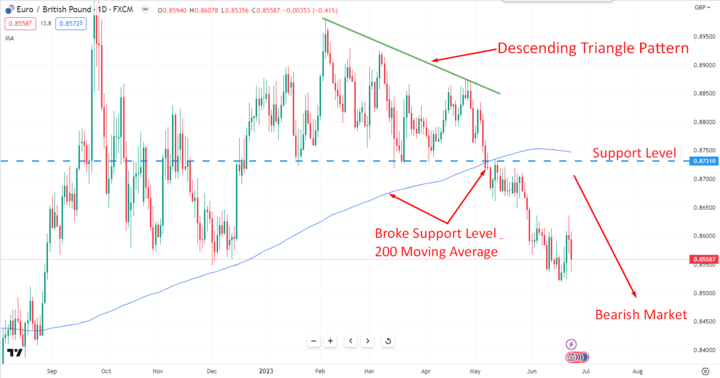
Image Source: TradingView
When trading the EUR/GBP currency pair, employing technical analysis can be valuable for identifying trends and patterns. By analyzing historical price data, you can identify support and resistance levels, chart patterns, and indicators that help predict future price movements. You can make more informed trading decisions by understanding these patterns and trends.
B. Risk Management

Image Source: Unsplash
Proper risk management is crucial when trading any currency pair, including EUR/GBP. Setting Stop-Loss and Take-Profit levels helps limit potential losses and secure profits. These levels should be determined based on your risk tolerance and the market conditions.
Determining an appropriate position size relative to your account balance and risk tolerance is essential for managing risk effectively.
C. News Trading
Trading the EUR/GBP currency pair based on news events and economic data releases can be an effective strategy. You can anticipate market reactions and make timely trades by staying informed about economic indicators, such as GDP, inflation, and interest rate announcements. News trading requires monitoring economic calendars, understanding the market's expectations, and reacting quickly to capitalize on price movements.

Image Source: Unsplash
VSTAR (Volatility-based Stop Loss to Achieve Results) is a risk management tool that can enhance your trading experience when trading the EUR/GBP currency pair. VSTAR helps you set dynamic stop-loss levels based on market volatility, allowing for greater flexibility in managing risk. By adapting to changing market conditions, VSTAR optimizes your risk management strategy, allowing you to protect your trades and potentially increase profitability.
By incorporating VSTAR into your trading approach, you can benefit from its features, such as dynamic stop-loss levels that adjust to market volatility. This tool ensures that fixed stop-loss levels do not limit you but instead adapt to market conditions, protecting your trades more effectively. VSTAR works seamlessly with technical and fundamental analyses, providing a comprehensive approach to trading the EUR/GBP currency pair.
Conclusion
Based on the analysis, a bullish or bearish stance can be determined for the EUR/GBP currency pair. The correlation between the eurozone and UK economies and the impact of monetary policies and Brexit play significant roles in shaping the outlook. It is important to consider these factors when formulating a trading strategy.
A thorough understanding of the fundamental analysis of the EUR/GBP currency pair is essential for successful trading. Combining this analysis with effective trading strategies and risk management techniques can enhance your trading approach and increase the likelihood of achieving favorable results. Stay informed, adapt to market conditions, and trade with confidence in the dynamic world of the EUR/GBP currency pair.
